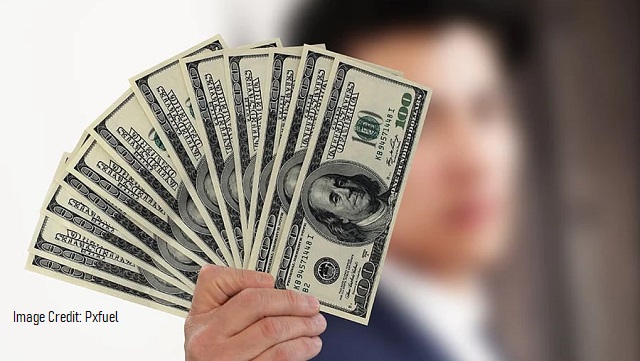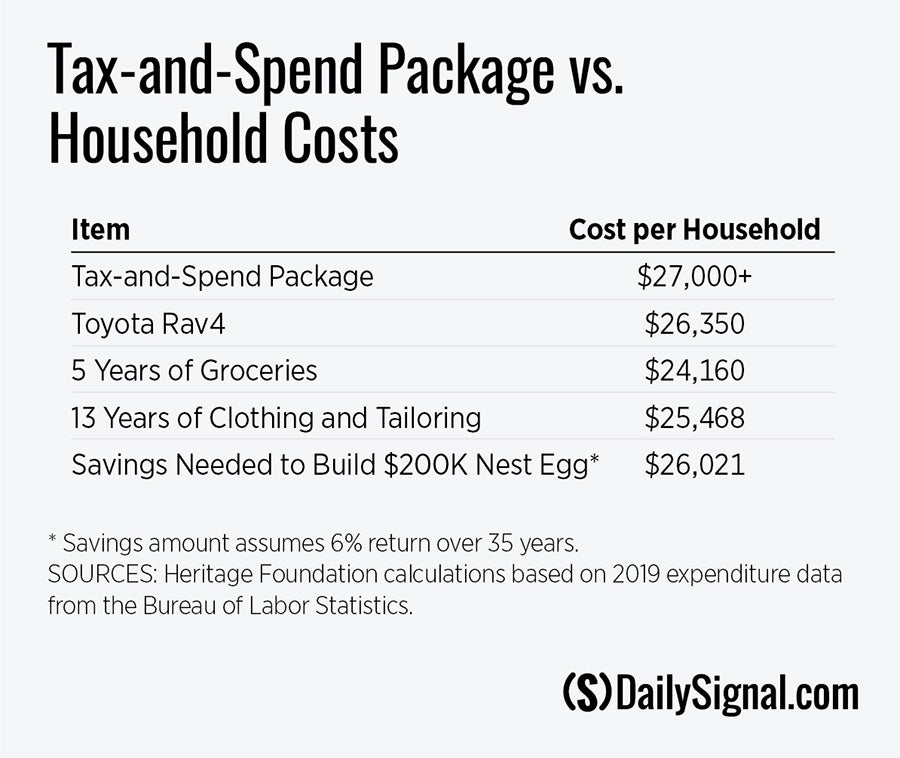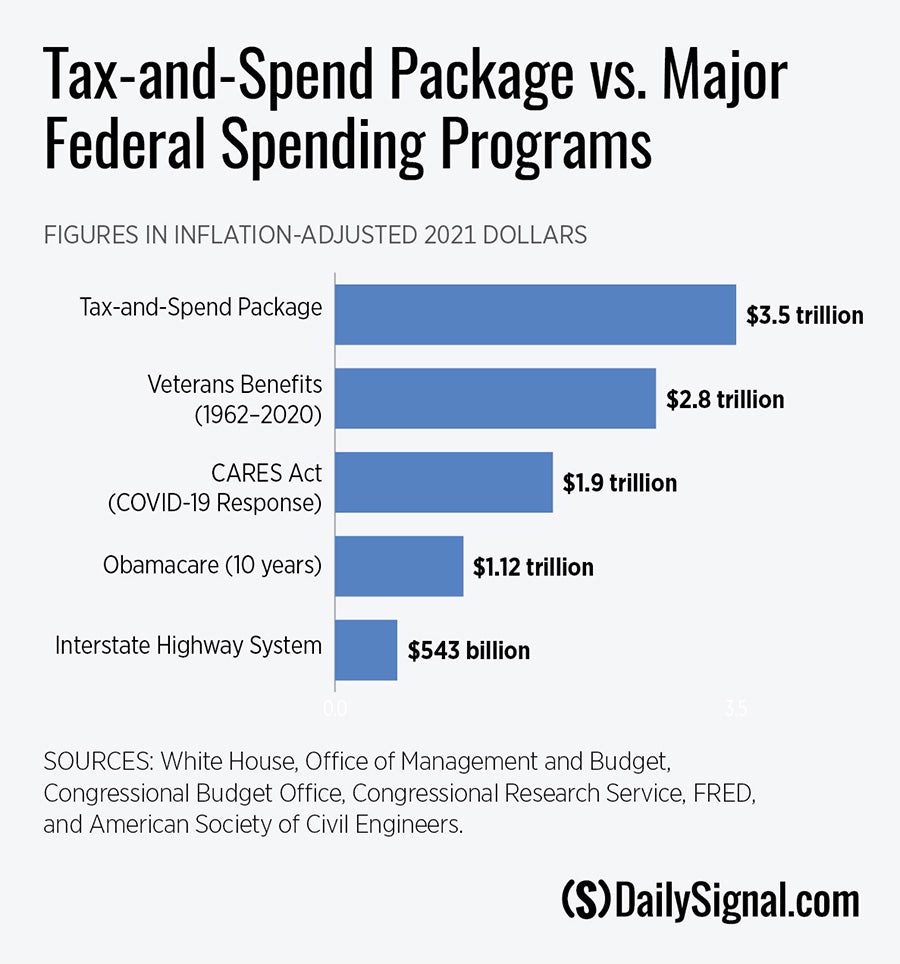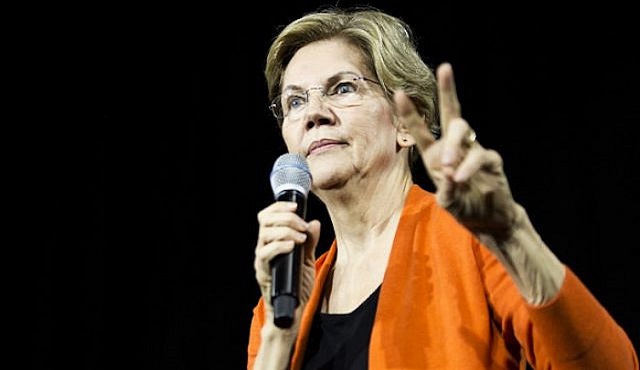A review and overview of The Cult of Smart, by Fredrik deBoer, All Points Books, 276 pages.
Fredrik deBoer is the author of The Cult of Smart, a book that unwittingly explains the sharp left turn of the Democrat Party and a growing number of young Americans. It also shows why the widening chasm between the far left and liberals and conservatives will never be bridged.
For those reasons alone, it’s a very important book and should be read by traditional Democrats and Republicans, although a root canal would be less painful. If the book had been published when I was younger, I could’ve learned about Marxist thinking without having to labor through Das Kapital.
At the leading edge of the millennial generation, Mr. deBoer is an avowed Marxist, a professor with a PhD from Purdue, a former high school substitute teacher, a contributor to the New York Times and other mainstream liberal publications, a descendant of “red diaper babies” (his words), and an admirer of Bernie Sanders, Alexandria Ocasio-Cortez, Karl Marx, and Frederick Engels. Also, like so many ideologues in history, he is the product of an apparent unhappy childhood, stemming from his mother dying when he was a child and his father dying when he was fifteen, after a life of alcoholism and depression.
The author lambastes both liberals and conservatives for believing in meritocracy and in the power of education to significantly reduce inequality. Liberals will no doubt applaud his rebuke of conservative values, and conservatives will applaud his rebuke of liberal values; but they should be aware that he wants to put a ticking time bomb of social revolution under the backsides of both of them.
Mr. deBoer goes so far as to write:
That education is the great economic leveler stands as one of the ubiquitous nostrums in contemporary politics. Barack Obama, the pope of modern American progressivism, repeated the trope endlessly, insisting that the American dream could only be secured through an invigorated education sector.
. . . we should reject the idea of education as an anti-poverty tool for being wrong on its face. Because education is not a weapon against inequality; it is an engine of inequality. Far from making society more equal, our education system deepens inequality, sorting winners from losers and ensuring even greater financial rewards for the former. Nowhere is this dynamic more prevalent than in college.
A major premise of The Cult of Smart is that intelligence is hereditary and inherited to the same degree across all races. Genes help to explain why some people excel in school and in abstract thinking and some people don’t. Of course, such factors as parental influence and socioeconomic class come into play in how someone does in life, but, according to deBoer, inherited intelligence accounts for about half of success, especially in this era of knowledge work, where those with lower IQ are being left behind in increasing numbers.
The author understands the danger of the premise being misunderstood and how it can lead to racism and had led to the eugenics movement of the first half of the twentieth century, a movement that he admits was led by progressives. He makes clear that inherited intelligence, or a lack thereof, does not vary by race.
According to deBoer, it follows from the premise that additional spending on education is mostly a waste of money, because more money cannot overcome a lack of inherited intelligence, and because more money is not needed for gifted students with inherited high intelligence who are going to succeed regardless of spending levels. This goes against the liberal belief in more education spending and the conservative belief that everyone can succeed through hard work, no matter their personal circumstance.
Taken to an extreme, the idea of inherited intelligence can also go against the foundations of Western moral philosophy, namely Judeo-Christian beliefs about right and wrong, sinning and redemption, and crime and punishment. The idea calls into question how much free will and agency humans really have when all of the factors of nature and nurture are considered. This is not a new philosophical question, but it is complicated by new science, especially cherry-picked science.
It’s undeniable that humans don’t reach adulthood with a blank slate. On the nurture side, behavioral choices and learning are strongly influenced by the circumstances of childhood—by parenting, neighborhood mores, environmental factors, and socioeconomic class. On the nature side, as science is revealing but has a long way to go, behavior and learning are influenced by hormones, other bodily chemicals, and the condition of the parts of the brain that control impulses.
Take a kid who has two Nobel Prize-winning parents, who have an innate ability to concentrate and control impulses, and who lives in a house full of books in a neighborhood of college graduates. Certainly, that kid has a wider range of good choices than a kid who has a single parent on drugs, who has an innate difficulty in concentrating and controlling impulses, and who lives in a household with no books but a lot of TV, in a neighborhood of drug dealers and crime.
To that point, some behavior is so self-defeating that it’s hard to imagine that it’s the result of rationality and thoughtful consideration of the consequences.
This commentary isn’t the place to debate such deep questions of moral philosophy, but a debate is needed elsewhere in order to develop a counterargument to Marxists like deBoer, one that is geared to the way that young people obtain and process information.
To continue with the book:
Mr. deBoer is merciless in his criticism of liberals who feign concern for the poor and social justice but engage in selective breeding and do whatever they can to get their kids into the best k-12 schools and into elite universities, so that their ticket is punched for the rest of their life—and, as deBoer’s Marxist thinking goes, at the expense of the less fortunate. He questions whether the education is any better at elite schools and posits that the schools are key members of the “Cult of the Smart,” where credentialing takes precedence over other considerations and leads to self-reinforcing and self-replicating elitism.
Naturally, being an academic, he buys into the progressive zeitgeist about white privilege, about the goodness of wokeness, and about America being racist, sexist, and classist. At the same time, he lambastes his “fellow leftists” (as he calls them) for their phony virtue-signaling. He writes that if they were “simply a new kind of nouveau riche with culturally liberal politics, they would probably be harmless, if somewhat obnoxious. But there’s a far larger problem: simply by living upper-middle-class lives, these woke go-getters perpetuate inequality.”
To those who have attended elite colleges, he says:
Privilege theory, intersectionality, cultural studies—each has value and important insights to impart, but more important for your lived experience is their signaling value. Peppering your speech with abstruse academic vocabulary these fields have developed demonstrates to your social peers that you believe in the right things, that you are politically enlightened, that you are woke. And to be woke has come, in the past decade, to confer considerable professional benefits.
He goes on to cite the inconvenient truth that locales with a high number of such people have the most income inequality.
Continuing the skewering, he says that “it’s essential to bear this thought in mind: many of those who are ostensibly part of a political movement to change our society are the ones who most benefit from the status quo and who hold back others simply through living the lives they do.” Then he administers the coup de grace: “I am persistently pessimistic when it comes to progressive social change.”
He also dislikes the wealthy, as evidenced by this bloodcurdling statement: “Certainly, if I had the power, I’d ensure that the very wealthy didn’t exist.”
As with Marxists of yesteryear, deBoer has antipathy for the upper middle class, or what the Bolsheviks characterized as the petite bourgeoisie. I would add that many of today’s leftists in academe, politics and the media extend that antipathy downward to the middle class, especially the members of the middle class who have “white” values about work and marriage. However, as with deBoer, they’re largely silent about Asians having the same white values and being at the top in income in America, with a median household income of $94,903, versus $74,912 for non-Hispanic whites.
Likewise, deBoer says nothing about the realities of Marxism and one-party authoritarian government in general. Left unmentioned are the purges, gulags, mass starvations, privileges for top party cadres and their families, and, as can be seen in China today, discrimination against minorities, women, and what the party has called “sissy boys.”
Mr. deBoer even buys into the old Marxist trope that a worker paradise could be built upon the existing industrial foundation of capitalism, leading to a second phase of communism in which workers would be self-actualized and not have to toil in jobs they didn’t like. The second phase has never been realized, however. Drudgery, bad management, immovable bureaucracy, and an out-of-touch hierarchy are just as alienating, if not more so, under communism than under capitalism.
To his credit, deBoer is honest about pre-kindergarten and after-school programs being ineffectual in the long run in improving academic results. Yet he supports these programs for reasons of social welfare and because they can be a stepping stone to the kind of society he envisions.
Surprisingly, he has an objection to a universal basic income. To wit: “It has the same problem that liberal social programs almost always do: it does nothing to strengthen the hand of the poor and working-class relative to the rich, to the bosses, and to political leaders.”
Not surprisingly, he supports nationalized medical care and free college. But the latter seems to contradict his belief that college doesn’t benefit those without the intelligence to succeed in college.
He also disdains charter schools, repeats the popular canard that public school teachers are underpaid for their abilities and hard work, and claims that teachers are unfairly blamed for not being able to improve the test results of students who don’t have the intelligence to do well. He says nothing about how Norway dramatically improved its test results by making a degree in education one of the toughest degrees to obtain and raising the pay of those teachers who met the higher standards.
Speaking of standards, deBoer wants to eliminate one-size-fits-all state testing standards and curricula for public schools, a point that I agree with in concept as long as it results in furthering the education of the less gifted students who need a curriculum tailored to their intellectual capacity, and as long as it doesn’t crimp the education of the more gifted students. Easier said than done, however, given the difficulties in determining a student’s IQ and potential, as well as the political challenge of telling parents that their child doesn’t have what it takes to succeed in college.
All of the foregoing is but a prelude to what deBoer really believes and wants. He really believes that equal opportunity will never be achieved, even if all differences in individual circumstances were to be eliminated. As such, what he really wants is for the existing political and economic order to be replaced with the Marxist idea of “from each according to his ability and to each according to his need,” so that equal outcomes are achieved. He doesn’t say how that would be achieved and who would decide, but he no doubt sees ideologues like himself in charge.
Make no mistake: I, too, want to eliminate poverty and think that it’s unacceptable for a rich country like the U.S. to have widespread urban slums and rural poverty; to have high crime, broken families, and drug addiction in those places; and to have large numbers of homeless people living and dying on city streets like animals. This is particularly unacceptable in light of the trillions of dollars we have spent on foreign wars.
On the other hand, the last thing I want is for people of deBoer’s ideology to be in charge. Unfortunately, that’s what a growing number of Americans seem to want, especially younger Americans taught by the likes of deBoer.








